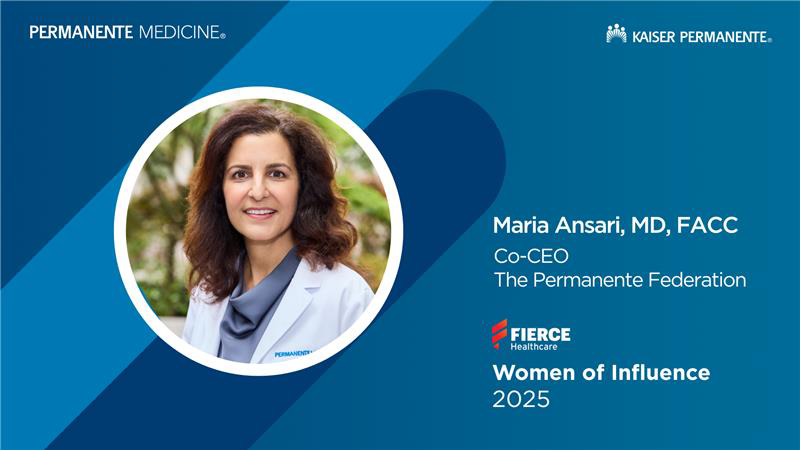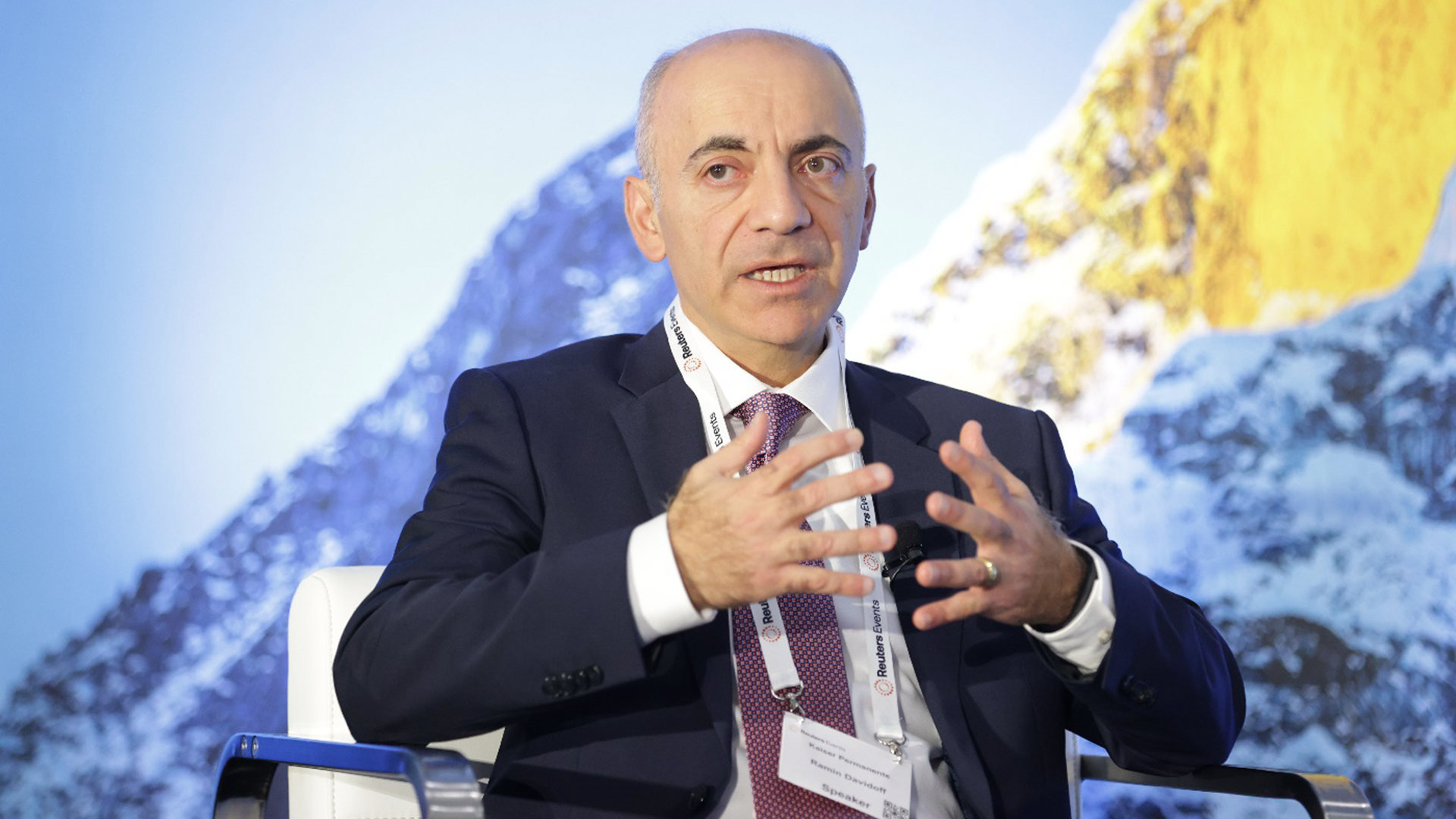Co-CEO of The Permanente Federation recognized for prioritizing physician wellness, improving care quality, and driving advancements in AI.
Innovative transgender care program shows value of social support
Great strides have been made to address the medical, surgical, and mental health needs of transgender and nonbinary individuals. However, there is one aspect of the transitioning journey that many struggle with. A recent commentary article in NEJM Catalyst by Kaiser Permanente leaders Grace Firtch, MD, Monica Prata, and Alice Pressman, PhD, MS, shared positive results from an innovative pilot program that supports GEC (gender expression care), which helps individuals express their authentic gender identity across various social environments.
While traditional transgender care programs primarily focus on surgical, hormonal, and mental health services, they do not address many of the social stressors faced by transgender and nonbinary individuals such as stigma, discrimination, and bias. Failure to address these issues can undermine their mental and physical well-being — studies show a higher prevalence of suicide thoughts and attempts among transgender adults than that of the general population — and also perpetuates disparities in access to care. Lack of professional support and education often lead patients to navigate social stresses through trial-and-error tactics and unvetted advice, leading to potential poor outcomes, especially in disadvantaged communities.
Related story: “PermanenteDocs chat on transgender/non-binary care and the affirmation of gender identity”
The Gender Expression Care program structure and outcomes
After going through her own transition journey in 2018, Dr. Firtch, executive lead for Transgender Health at The Permanente Medical Group and physiatrist and physician-in-chief at Kaiser Permanente Redwood City Medical Center, was instrumental in launching the first-of-its-kind GEC program at Kaiser Permanente in Northern California in 2021. “I had excellent medical care and mental health support,” she wrote. “But honestly, I struggled with my social transition at work and home. I didn’t know how to get from where I was to where I needed to be.”
Dr. Firtch worked with Prata to gain the confidence and support she needed to feel comfortable expressing her true self. Today, Prata leads the GEC program in collaboration with health care professionals from mental health, physical therapy, and speech pathology departments. As a pioneer in this field, Prata explained the value gender expression care provides to people at such a critical juncture of their lives. “I’ve held a deep concern … that those most in need of this specific type of care could not afford it and are often affected by social factors that threaten their safety and livelihood,” she wrote. “Bringing this care into a health care system helps to correct this inequity, allowing access for all.”
The NEJM Catalyst commentary explained how the GEC program works. It is available to all transgender and nonbinary members through referral or self-referral. Each cohort meets twice a month for a total of 6 videoconference group workshop sessions. The sessions are tailored to each group’s needs and cover a range of topics, including gender-affirming presentation skills (hair, cosmetics, wardrobe), gender-affirming movement and exercise, voice training led by a speech pathologist, and coming out to friends and family. The program facilitates communication and coordination with each participant’s care teams to ensure alignment with their overall care plans.
The program incorporates evaluation measures to assess its effectiveness and continuously improve its offerings. Two mental health diagnostic tools — one to screen for depression, the other for generalized anxiety disorder — and a quality-of-life questionnaire are administered at the beginning and end of the program. Initial results from participant feedback showed positive outcomes — of the participants who completed post-workshop survey data, a large majority agreed that the workshop was vital and filled an important gap in their care. More than two-thirds reported increased confidence in their appearance and nearly all recommended the program’s continuation as part of transgender care at Kaiser Permanente in Northern California.
Related story: “Leading the way in transgender health care”
Future directions and challenges
While the pilot program demonstrated promising results, further research is necessary to validate the tools used for measuring GEC outcomes. Longitudinal evaluations with comparison groups and 12-month outcomes are planned. Additionally, determining the optimal components and delivery formats of GEC and integrating the program into diverse health care settings are ongoing challenges.
Gender expression care provides a crucial fourth dimension to traditional transgender care, addressing the social aspects of transition. By offering a safe space for exploration and self-expression, GEC contributes to the holistic well-being of transgender and nonbinary individuals. The program serves as a pioneering initiative, bridging the gap between medical treatments and social environments, and fostering a more equitable landscape in transgender care.
Note: read the program’s results on the NEJM Catalyst site.


